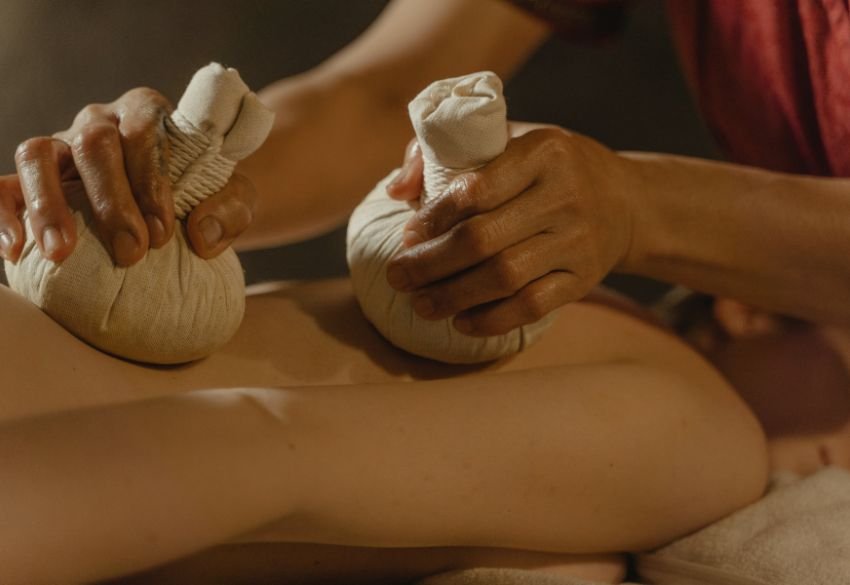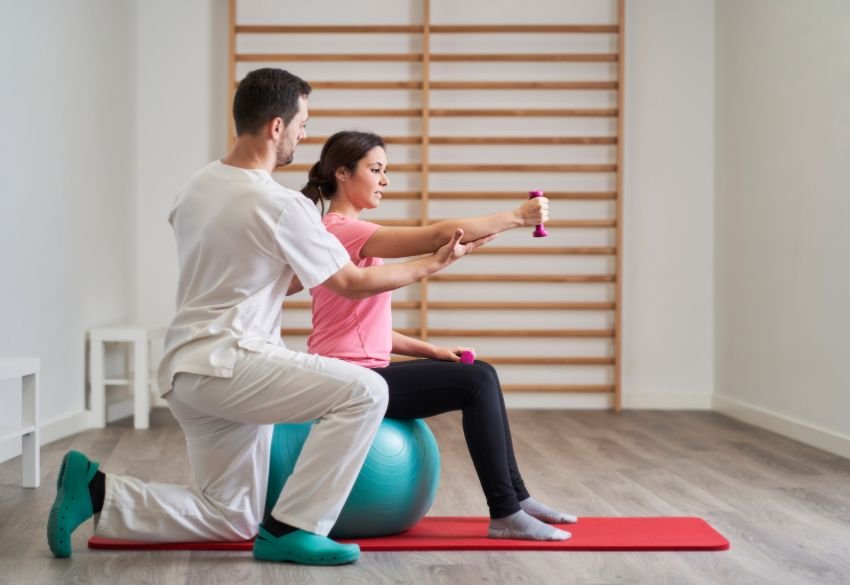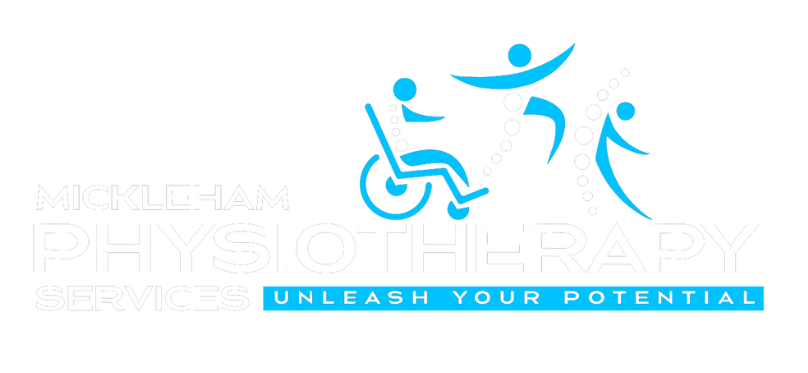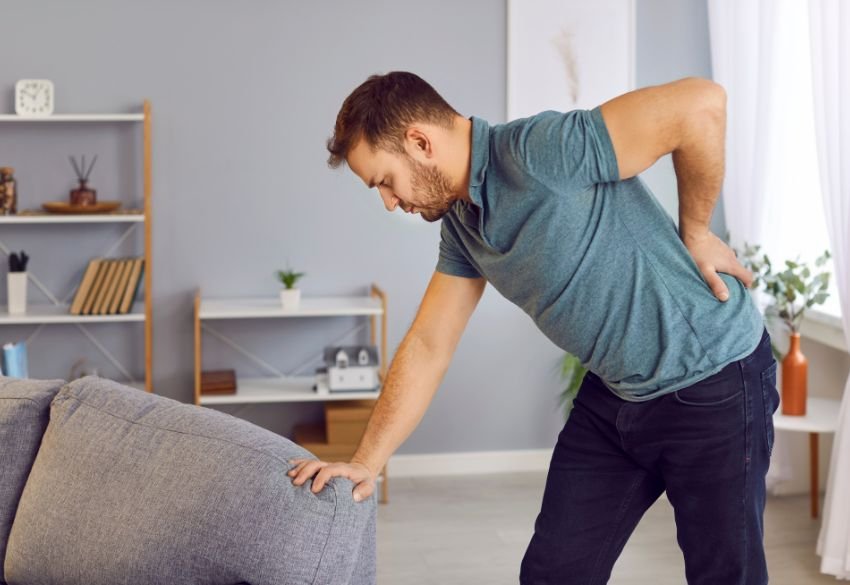Back pain doesn’t discriminate—it affects people from all walks of life and can strike at any age. From the nagging discomfort that follows a weekend of home improvements to the debilitating spasm that leaves you temporarily bedbound, back pain commands attention and demands resolution. But there’s good news: over the years, traditional treatments have emerged and stood the test of time precisely because they work.
The Scale of the Problem
In Australia, approximately 80% of adults will experience back pain at some point in their lives. For many, it’s a temporary inconvenience, but for others, it becomes a chronic condition requiring ongoing management. The economic burden is substantial, with billions spent annually on treatments and lost productivity.
Rest vs. Activity
You might have heard stories from past generations about “just lying in bed” until back pain goes away. Nowadays, research paints a far more nuanced picture. While a short period of rest—24 to 48 hours—may be acceptable during severe flare-ups, completely avoiding movement for extended periods often causes more harm than good.
Effects of Prolonged Immobility
-
- Muscle Atrophy and Strength Loss: Prolonged bed rest can lead to significant loss of muscle mass. In one study, seven weeks of immobilization decreased muscle strength by over 50%. Even with a similar period of remobilization, overall strength remained lower than before.
- Joint Contractures: When you’re inactive for too long, joints can stiffen and lose their range of motion. Among ICU patients hospitalized for two weeks or more, over one-third developed movement-limiting contractures.
- Cardiovascular Complications: Staying immobile also impacts your heart and circulation. Research shows that three weeks of bed rest can cause a cardiovascular decline similar to 40 years of natural ageing.
- Complications in the Elderly: Older patients are particularly vulnerable. A hospital stay of over 10 days can lead to muscle ageing and raise the risk of pressure ulcers, deep vein thrombosis, pneumonia, and urinary tract infections.
Collectively, these issues are not rare in a study of 20,515 bedridden patients, 12.72% experienced major complications—emphasizing the importance of movement for preventing serious problems.
By striking the right balance—short rest initially (when necessary) followed by purposeful movement—you can help safeguard your muscles, joints, and overall cardiovascular health, ultimately setting the stage for a more successful recovery.
Heat and Cold Therapy
These simple home remedies have proven reliable over decades for good reason. Cold therapy (using ice packs) is generally most effective in the first 48 hours after injury, reducing inflammation and numbing pain. Heat therapy (warm towels, hot water bottles, or heat packs) typically works better for chronic pain, relaxing tight muscles and increasing circulation.
Many patients find alternating between heat and cold provides optimal relief. These therapies are particularly valuable as they’re easily accessible, inexpensive, and have minimal side effects when used correctly.

Manual Therapies
Skilled hands-on treatments delivered by qualified practitioners remain a cornerstone of traditional back pain management:
- Physiotherapy combines assessment, manual techniques, and exercise prescription to address the root causes of pain rather than just the symptoms.
- Massage therapy helps relieve muscle tension, improve circulation, and promote relaxation. Different techniques target different issues, from deep tissue work for chronic problems to gentler approaches for acute pain.
- Spinal manipulation involves controlled force applied to joints to improve mobility and alignment. Research suggests it can be particularly effective for certain types of low back pain.
Exercise and Movement Therapies
Targeted exercise programs are increasingly recognised as among the most effective traditional treatments for back pain. These might include:
- Core strengthening to support the spine and improve posture
- Stretching routines to increase flexibility and reduce muscle tension
- Low-impact aerobic activities like swimming or walking to improve overall fitness without jarring the spine
Specialised movement approaches like clinical Pilates, yoga and tai chi combine physical and mental elements, teaching body awareness alongside strength and flexibility. These practices often help patients develop better movement patterns that reduce strain on vulnerable areas.
Medication
While not always necessary, medications can play an important role in back pain management, particularly in the early stages:
- Paracetamol is often tried first for mild pain
- Non-steroidal anti-inflammatory drugs (NSAIDs) like ibuprofen address both pain and inflammation
- Muscle relaxants may help when muscle spasms contribute to discomfort
- Stronger pain relievers are sometimes prescribed for short-term use in severe cases
It’s worth noting that medication works best as part of a comprehensive treatment plan rather than as the sole solution. Always follow your doctor’s guidance regarding appropriate use and potential side effects.
Lifestyle Modifications
Small daily tweaks can pay big dividends in managing (and preventing) back pain. For instance, you might adjust your workstation or car seat to maintain proper posture or consider weight management to reduce stress on the spine. Learning the correct way to lift heavy objects—bending at the knees, not twisting your back, and keeping the load close—also curbs the risk of sudden strains.
Stress reduction can be an underrated part of the puzzle, too. Emotional tension often shows up in our bodies, tightening muscles and compounding pain. Incorporating relaxation techniques, whether it’s deep breathing or gentle stretching, can make a noticeable difference.
When to Seek Help
While self-care often does the trick for mild to moderate back pain, it’s wise to seek professional advice if:
- Your back pain follows a significant accident or trauma.
- You notice unexplained weight loss or fever alongside the pain.
- Pain doesn’t improve with rest and gentle activity.
- You feel numbness or tingling in your legs.
- You have trouble controlling your bladder or bowels.

These signs could indicate a more serious underlying issue that warrants prompt medical attention. While back pain can feel overwhelming, many individuals have successfully addressed it using time-tested approaches—ranging from controlled movement and hands-on treatments to practical lifestyle changes. These methods have remained popular for one simple reason: they truly work.
Often, the most effective recovery plans blend multiple strategies customised to each person’s unique needs. At Mickleham Physiotherapy, we’re dedicated to empowering our patients with a combination of proven traditional methods and modern techniques to support optimal healing.
Remember, early intervention can pave the way for a smoother, quicker recovery. If back pain is interrupting your daily life, consider reaching out for professional help. Contact us to explore options tailored to you, and look forward to meaningful relief that will help unleash your potential and return to the activities you enjoy.

